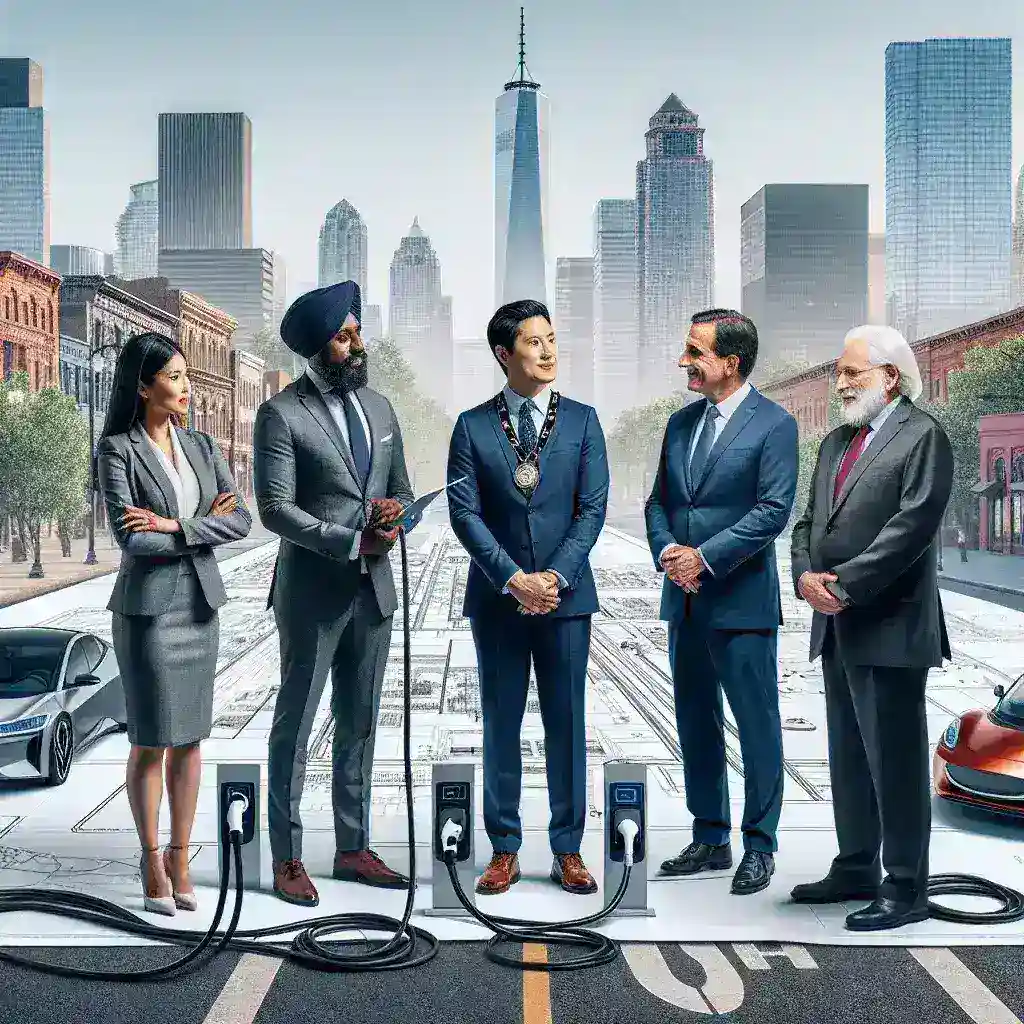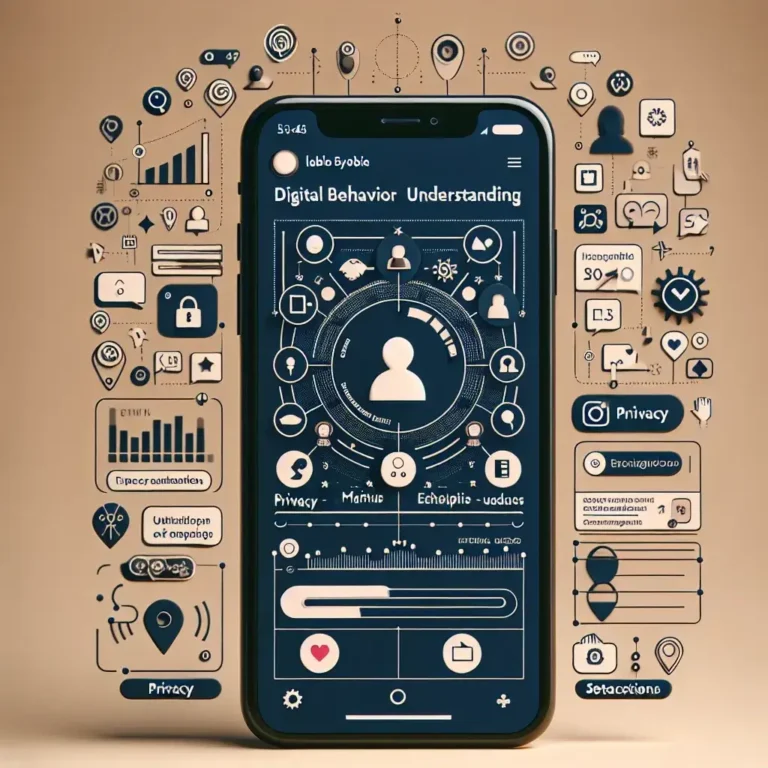Introduction
As the electric vehicle (EV) market expands rapidly, U.S. mayors are taking significant steps to establish a nationwide curbside charging infrastructure. This initiative not only arms cities with the ability to support sustainable transportation but also addresses the growing concerns about climate change and urban pollution. This article delves into the motivations behind this push, the proposed plans, and the anticipated impact of such infrastructure on American cities.
The Growing Need for Curbside Charging
Surging Electric Vehicle Adoption
The rise in electric vehicle adoption across the United States presents a compelling case for robust curbside charging infrastructure. Recent studies indicate that EV sales have surged, with a projected 30% market share by 2025. In response, city leaders are advocating for accessible charging options that meet the needs of both current and prospective EV owners.
Addressing Urban Challenges
Urban areas face unique challenges when it comes to EV charging. Many residents lack private garages or driveways, making curbside charging a vital necessity. By installing charging stations along streets, cities can facilitate the transition to electric vehicles, encouraging more people to make the switch.
Mayors Leading the Charge
Coalition of Mayors
In an unprecedented move, a coalition of mayors from major U.S. cities has united to advocate for nationwide curbside charging infrastructure. This coalition emphasizes collaboration among local governments, electrical utilities, and private sector partners to create a comprehensive and efficient charging network.
Case Studies: Success Stories
- San Francisco: The city has launched various pilot projects focusing on curbside charging, with a model that can be replicated in other urban areas.
- New York City: NYC has announced plans to install thousands of curbside charging stations over the next few years, focusing on high-density areas.
- Los Angeles: LA aims to integrate curbside charging with its extensive public transportation network, promoting a holistic approach to urban mobility.
Benefits of Curbside Charging Infrastructure
Environmental Impact
One of the most significant benefits of curbside charging infrastructure is its potential to reduce greenhouse gas emissions. According to the Environmental Protection Agency (EPA), transportation accounts for nearly 29% of total greenhouse gas emissions in the U.S. By facilitating EV adoption, cities can significantly lower these emissions.
Economic Opportunities
Investing in curbside charging infrastructure presents numerous economic opportunities. As cities develop their charging networks, they create jobs in construction, installation, and maintenance. Moreover, increased EV usage supports local businesses, as drivers with charged vehicles are more likely to shop in areas with convenient charging stations.
Enhancing Urban Mobility
Curbside charging infrastructure enhances urban mobility by promoting electric vehicles as a viable option for city dwellers. By improving access to charging stations, cities can encourage more residents to consider EVs, reducing traffic congestion and improving air quality.
Challenges and Considerations
Funding and Resources
While the benefits of curbside charging infrastructure are clear, several challenges remain. Securing funding for installation and maintenance is a primary concern for many municipalities. Innovative funding solutions, such as public-private partnerships and federal grants, are essential to overcoming these financial hurdles.
Regulatory Hurdles
Implementing curbside charging infrastructure also involves navigating complex regulatory landscapes. Local governments must work closely with state and federal agencies to ensure compliance with existing policies and legislation while pushing for necessary changes to facilitate infrastructure expansion.
The Future of EV Charging
Technological Innovations
As the demand for electric vehicles continues to rise, technological advancements are poised to transform curbside charging. Innovations such as ultra-fast charging stations and wireless charging technologies may further streamline the charging process, making it more accessible and convenient for users.
Integration with Smart City Initiatives
Cities are increasingly adopting smart technologies to enhance urban life. Integrating curbside charging infrastructure with smart city initiatives can optimize energy use, improve service delivery, and enhance the overall user experience. For instance, using smart sensors to monitor charging station usage can inform better placement and resource allocation.
Conclusion
The push by U.S. mayors for a nationwide curbside charging infrastructure marks a pivotal moment in the transition to electric vehicles. By addressing the challenges of accessibility and convenience, cities can foster a sustainable and environmentally friendly transportation ecosystem. As more mayors join the cause, the dream of a fully electrified transportation network may soon become a reality, paving the way for cleaner air and a greener future.













